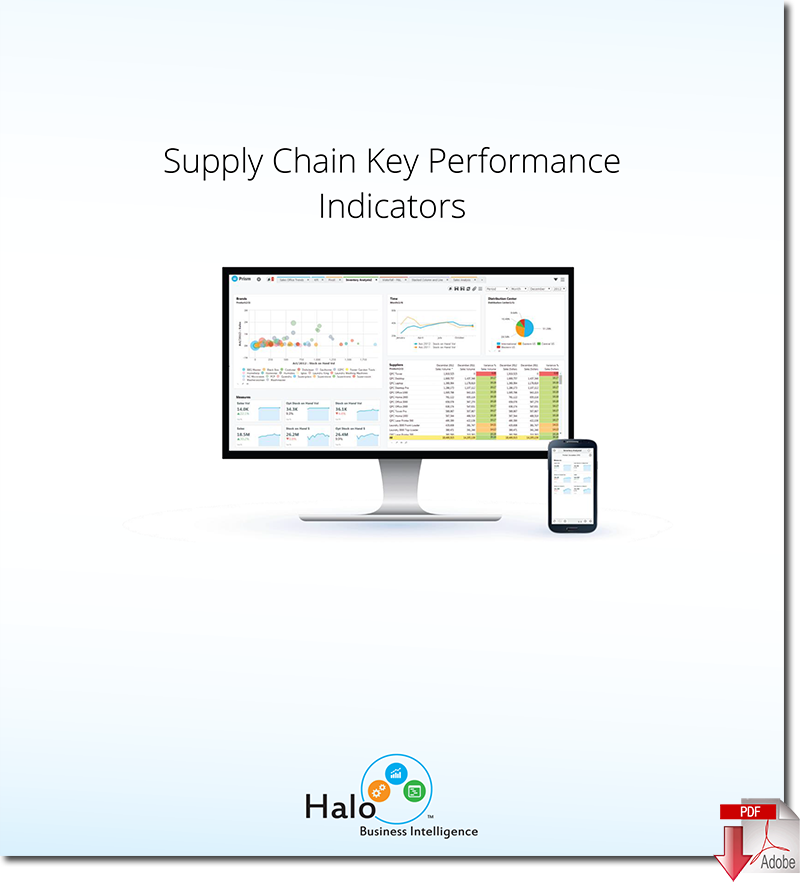Automate the Boring but Essential Parts of Your Data Warehouse

To deliver on your company’s future demands for data and insights, you will need to maintain your existing data warehouse – and add the great new capabilities available with big data management and in-memory analytics.
If you are in IT and responsible for your company’s data warehouse and reporting capabilities, chances are you will identify with at least one of these statements:
“We are too buried with maintaining our existing database to take on new initiatives”
“We need to get out of the report writing business”
“We cannot give you that information from the data warehouse without a lot of development”
“It’s too hard to make changes to our existing process because it breaks too easily”
- “That new data source doesn’t fit in our existing data model and we can’t extend it”
If so, then you may be an ideal candidate for Data Warehouse Automation (DWA). Companies realize that data warehouses are not going to be replaced by Hadoop or in-memory solutions. A 2014 Gartner survey found that only 3% of IT leaders believe that big data or in-memory systems can replace their existing data warehouse infrastructure. That’s a dramatic drop over recent years. As such, DWA is getting a fresh look as a better way to build and manage a data warehouse.
Supply Chain Key Performance Indicators

If you don’t Capture the Data, you can’t Measure it!
Halo Prism offers tabbed browsing that let you see your data from multiple angles within a single clickable interface. Great for division managers, executives and other decision-makers, Halo Prism tabs let you browse across multiple cubes and follow your entire business process - customers, sales, open orders, AP/AR, financial analysis, and more - with just a single selection.
A Single Repository with Open Access
One of the basic foundations of Halo BI is freeing you to use your business data the way you want. Halo Source builds a common repository that allows you to work with your information with a myriad of information access and visualization tools. Not just Halo’s Prism Dashboard and Reporting, but Microsoft Analysis and Reporting Services, Excel Pivot Tables, and hundreds of third party applications. No matter how your team chooses to work with your enterprise data, Halo Source ensures everyone has the same set of metrics, rules and assumptions to help them meet common goals.
Flexible and Scalable
With Halo Source you don’t need advanced skills in scripting, SQL or MDX query languages. Source’s wizard-driven interface lets you walk through the data extraction, dimension and cube design process with nothing more than a few mouse clicks needed to create production-quality data marts and custom cubes.
Halo Source also allows you to build in your own custom business logic so you can analyze your data your way, not someone else’s. Best of all, Halo Source handles all of the heavy lifting for you, generating clean, fully self-documented projects that can be copied, distributed, deployed and archived with ease.
Data Aggregation and Analysis Features
Intuitive wizards and quick-click interface; no programming skills or specialized training required.
Advanced SQL conversion engine: Create source AS400, Oracle and SQL Server syntax for common operations.
Interactive, easy-to-use development and debugging environment.
Stores everything in a single file for exceptional portability and extensibility.
Extended ETL (Extract Transform Load) environment, from extraction through cube building and schedule automation.
- Creates and maintains a ‘single version of the truth’ for multiple reporting interfaces.
Until recently, DWA was associated mostly with automating ETL development – such as generating SSIS packages in the Microsoft environment. Today, however, it covers all the major components of data warehousing from design, development and testing to deployment, operations and change management. It also covers advanced functionality like support for slowly changing dimensions and change data capture.
In our experience, DWA delivers up to 80% improvements in the cost-effectiveness of building and running a data warehouse. And, just as important, DWA is far better aligned with modern agile development practices because it encourages a rapid, iterative approach to design.
The benefits of automation are profound for IT organizations. Developers and DevOps teams see greater efficiency in the development and maintenance phases of the data warehouse life-cycle through a number of advantages:
Data Warehouse Development
Greater productivity for developers means more delivered in less time
Consistency of practices and standards leads to the development of more maintainable systems
Automation means increased support for agile development practices
Standardized testing processes supports QA cycles
- Simpler development and prototyping makes it easier to respond to changing requirements
Data Warehouse Operations
Maintenance processes are simplified and packaged to reduce manual effort
Documentation is generated automatically and kept current with releases
Assess impact of proposed DW changes using enhanced metadata capabilities
Add enterprise features to basic data warehouses to increase DW lifespan
- More robust, standard processes leads to a more stable environment
DWA is commonly criticized by vendor competitors as being either 1) “the wrong approach” compared to in-memory; or 2) not as effective as hand-crafted, custom database development approaches. Both arguments are purist and too simplistic. In-memory has tremendous analytical benefits but is lacking in support for data governance, single source of truth, and performance. Customization is almost always needed for business critical tasks – but not for the more common routine and repetitive uses. Custom development is more error prone than DWA, and much harder to maintain over the long run.
Automation does not mean excluding in-memory analytical tools or precluding customization. It means blending the best of the best to create a scalable, high performing solution at lower time and development cost.
Next Generation Data Warehouse
To deliver on your company’s future demands for data and insights, you will need to maintain your existing data warehouse – and add the great new capabilities available with big data management and in-memory analytics. The real opportunity is in making those technologies work together smoothly with minimum effort and risk. That means continuing to automate the rote and routine parts of your developer’s daily task so they can focus on moving your organization to a higher level of development and value, and ultimately provide better access to the data that is valuable to the company.
About Keith Peterson

Keith Peterson is the President and CEO of Halo Business Intelligence. Keith is a senior executive with expertise building data analytics organizations with strong financial and strategic value. He believes in challenging convention and has spent his career pursuing new solutions to old business problems through data, analytics, and technology. In particular, these approaches have focused on predictive and geospatial analytics. Follow Keith on Twitter for the latest on BI and Supply Chain Analytics at @KPeteHalo.
Related: Greyhound Package Express Utilizes Cloud Platform to Offer Compelling Same-Day Delivery Service

Article Topics
Halo Business Intelligence News & Resources
Logility Acquires Halo Business Intelligence to Expand Data Visualization & Advanced Analytics Automate the Boring but Essential Parts of Your Data Warehouse The World’s Largest, Fastest, Most Agile Supply Chain How to Improve Your Receivables Position with Better Risk Analysis How to Stay Out of Cash Flow Crises Using Cash Position Analysis Supply Chain Key Performance Indicators How to Get Started with Value Add Forecasting More Halo Business IntelligenceLatest in Technology
Spotlight Startup: Cart.com is Reimagining Logistics Walmart and Swisslog Expand Partnership with New Texas Facility Taking Stock of Today’s Robotics Market and What the Future Holds Biden Gives Samsung $6.4 Billion For Texas Semiconductor Plants Apple Overtaken as World’s Largest Phone Seller Walmart Unleashes Autonomous Lift Trucks at Four High-Tech DCs Talking Supply Chain: Procurement and the AI revolution More Technology













